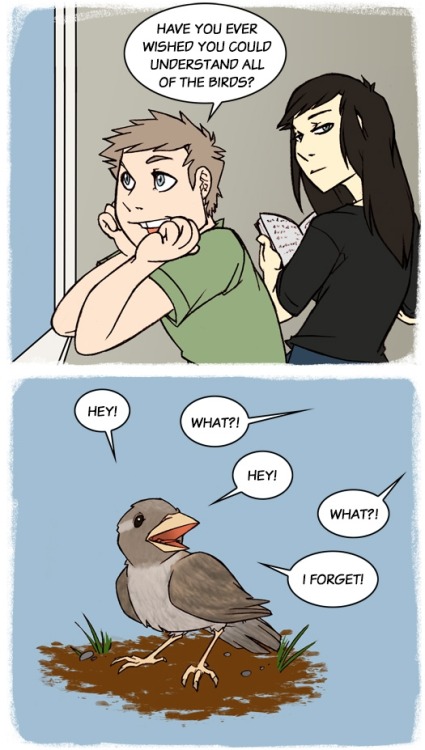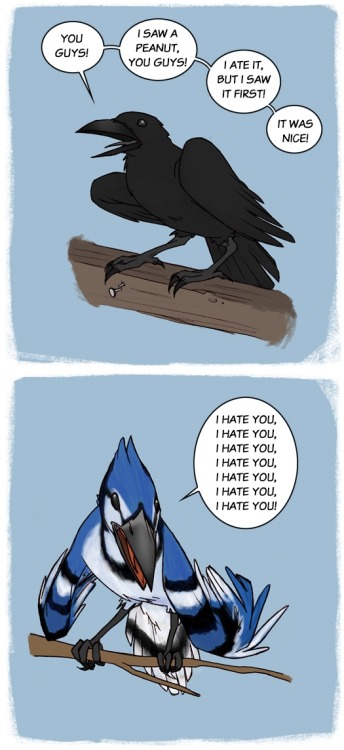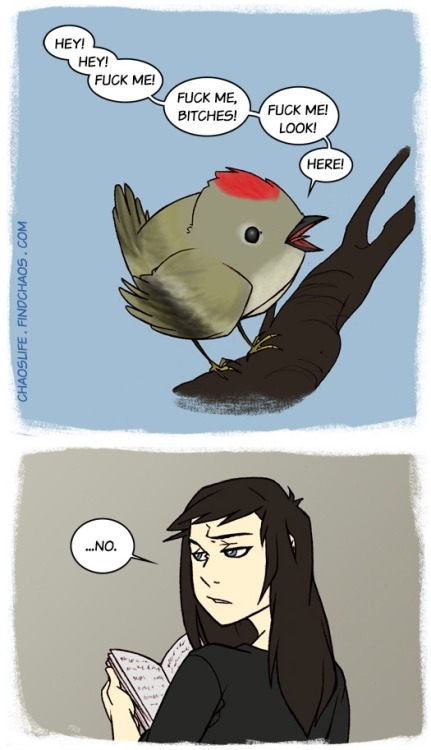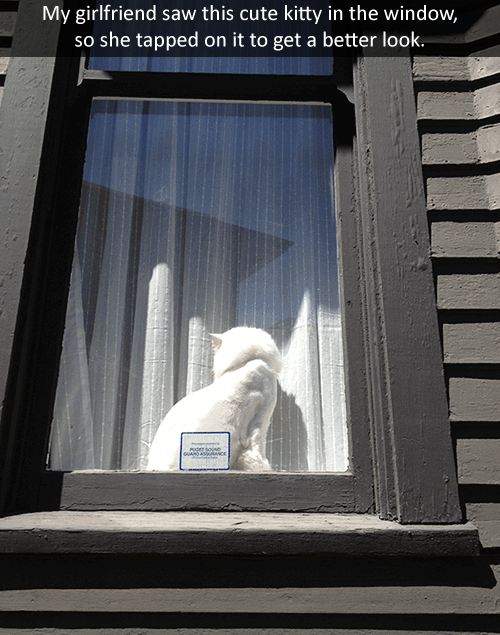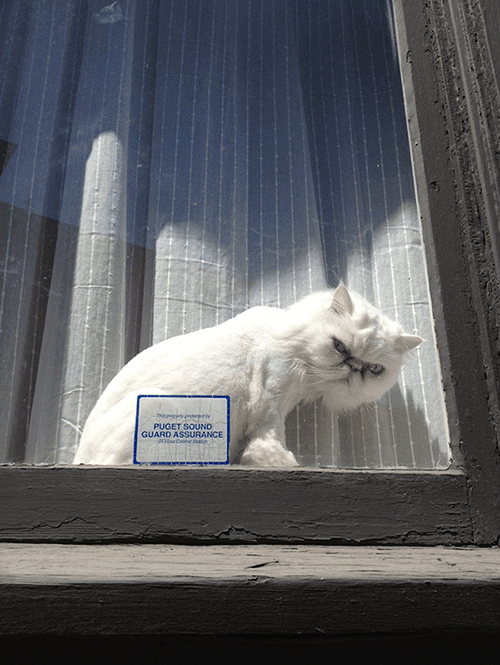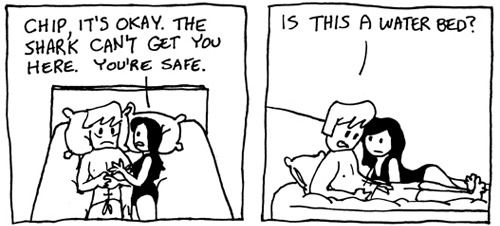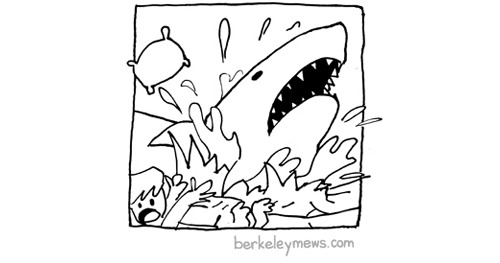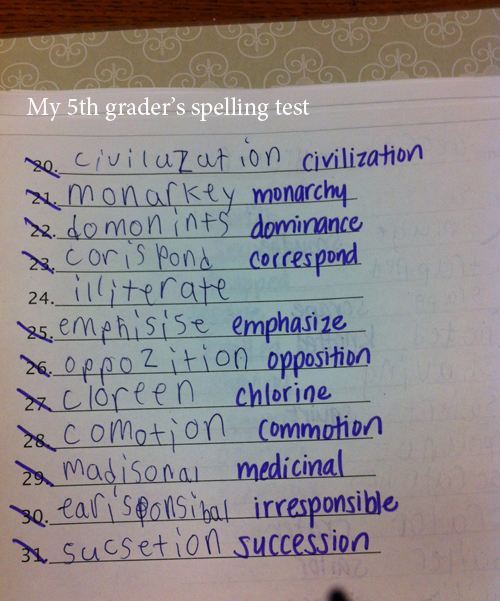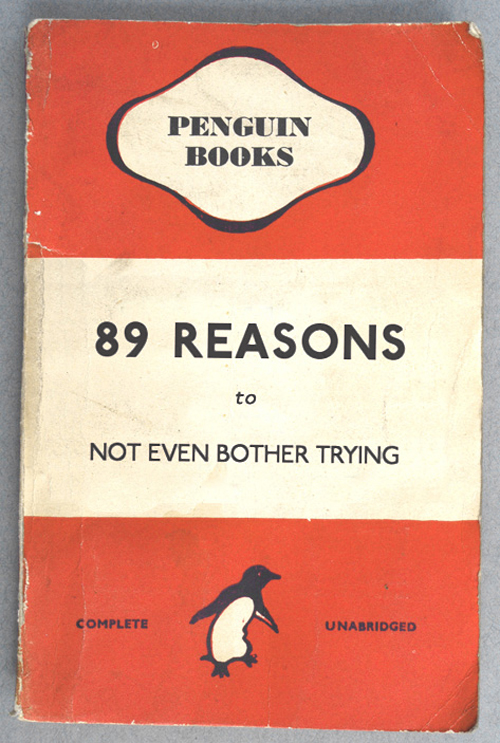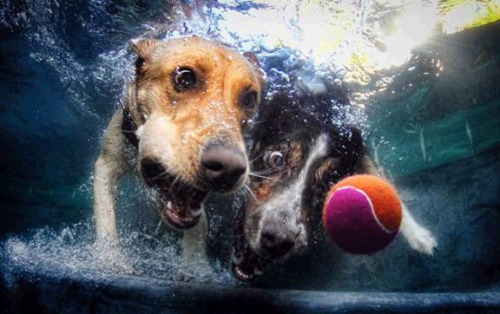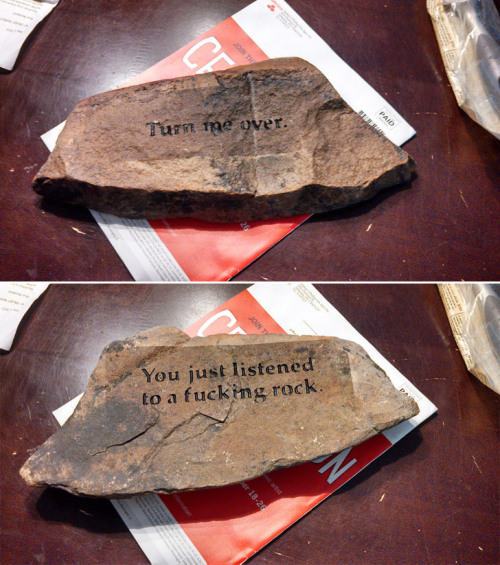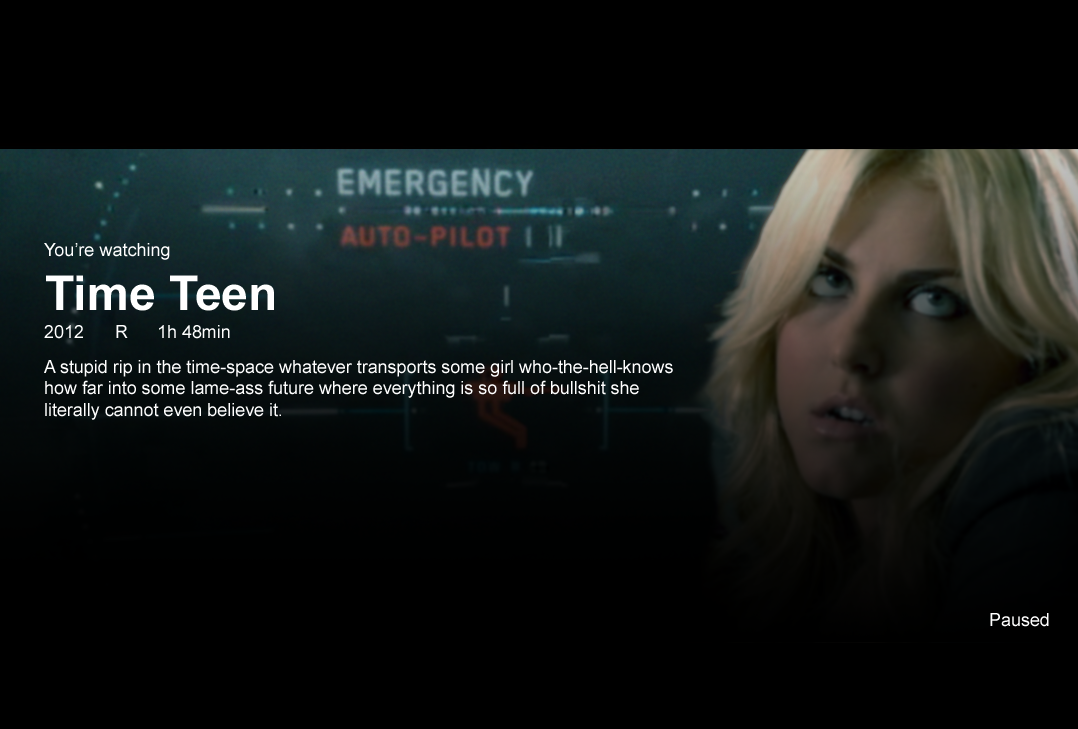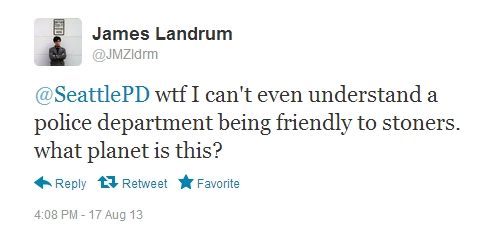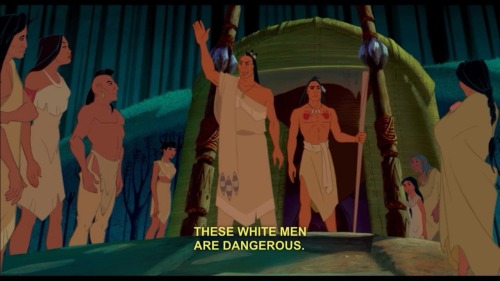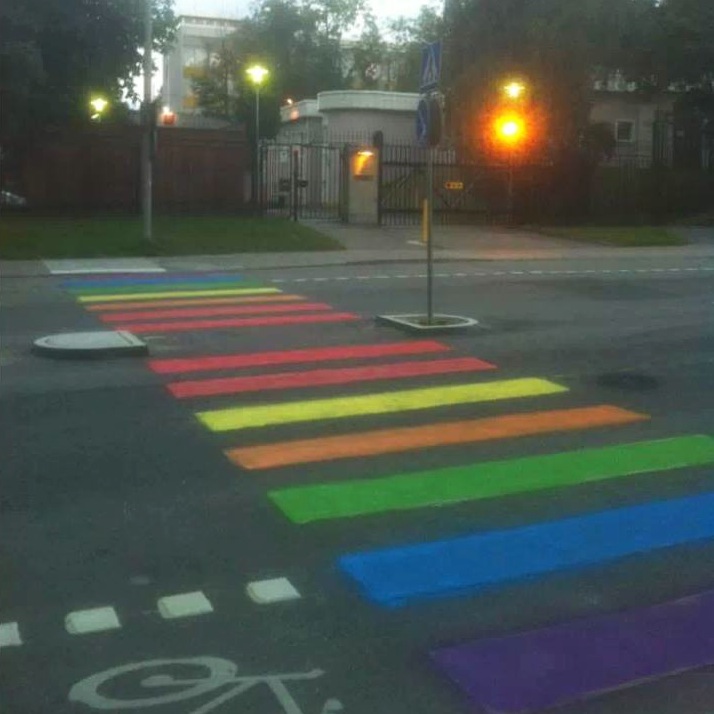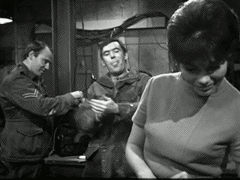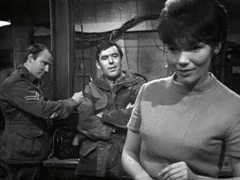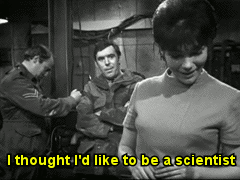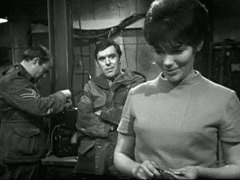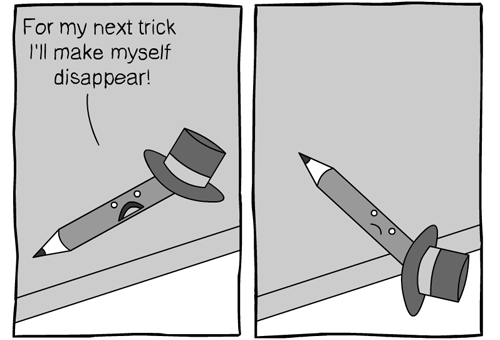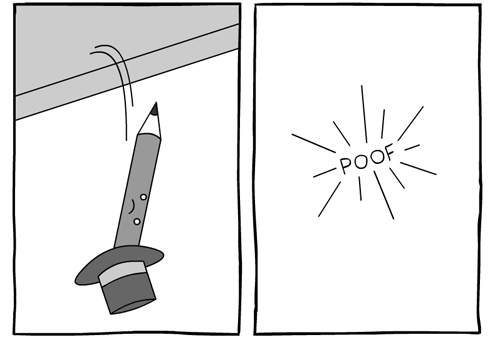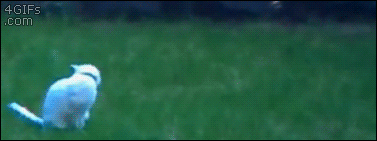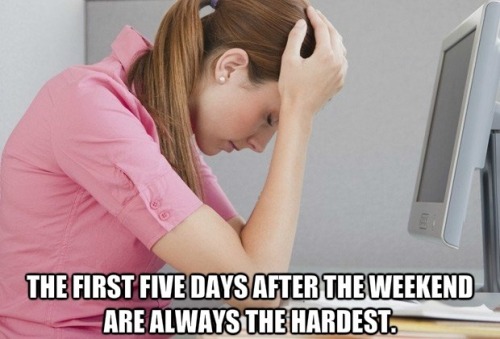I realized that I should have posted an argument for just why geology undergrads should be trying to find time to read geoblogs in yesterday's post. There are a lot of reasons.
Interest: Most geologists are truly passionate about their subject area- more uniformly and more so than in any other field of which I'm aware. Perhaps I'm biased and/or naive, but I don't think so. The more you delve into it, the more fascinating it becomes. The more you understand, perversely, the more you realize you don't understand, but the more you want to understand. Blogs offer bits and pieces freed of academic structure- which I believe is a necessary part of getting the edumaction (The structure, to be clear)- and are pressure-free. None of this is going to be on the final. On the other hand, you might accidentally learn something that does show up on a test eventually. Geobloggers do this because they're interested, and it can be infectious.
Enthusiasm: Like interest, geologists and geobloggers just glow with enthusiasm, and that too can be catchy. When you read a post that comes across as breathless, you want to go see that spot. You want to share that experience. You want to solve that puzzle. I could also call this "motivation." We all want to feel that way. See Dana's Rosetta Stones post from earlier today; she really wants to visit that beach... don't you? (I actually have visited that beach a number of times in the seventies, sadly before I knew what I was looking at.)
Support: Everyone has times they're down, or times when something just seems overwhelmingly confusing. I'd say we as a community are extremely supportive of others. We empathize with the plights of students- geology students in particular. I can't offer much beyond empathy to, say, a physics student. But for undergrad geologists, I can be very helpful. I can't tell you more accurately than "a couple dozen" the number of times people have been in here studying something geology related. Geologic terms to me are like hearing your name spoken in a crowded, noisy room. My ears perk up, and I want in on the conversation. I'm not rude about it, but I definitely make my interest known, then offer my help. There have been study groups that return regularly, hoping I'll be here (I generally am). Same thing online. Twitter is even better than blogs for this- you can crowdsource a question, and often have an answer (or a PDF) in minutes. There have even been a few times when I've written extensive posts discussing complex issues that don't have single or simple answers (for example).
Learning: Whether it's a concept you're unfamiliar with, or a location you decide to visit later, one inevitable consequence of reading geoblogs is that you're going to learn something unexpected. As a student, you should jump at every low-cost opportunity you get for learning. And it just doesn't get lower-cost than blogs.
Contacts and community: Every field relies heavily on who you know. This is not always a good thing, but it's a fact. And often, it is a good thing. When Callan Bentley's student Aaron Barth moved to Oregon to attend OSU, the former sent me a note, and I suggested a number of places in the Eugene area (where he lives) to the latter. And when Dana came down in July, we took him along on a field trip to the Quartzville area. When Anne Jefferson and Chris Rowan were out earlier this summer, I spent a couple of days showing Chris around the Neogene sediments of the Coast Range. And if I was to visit the stomping grounds of any number of geobloggers, I know exactly who I'd go to to get oriented to local rocks.
Communication: One aspect of my undergrad career that might have been problematic if I personally (not the curriculum) hadn't taken steps was that of communication. It baffles me how many people think clear, low-error communication isn't important in science classes. Communicating well is perhaps even more important than core competencies; if you can't effectively pass your knowledge on to others, what's the point of generating it in the first place? Geobloggers provide numerous daily examples of clear, effective (and often, delightful) communication every single day. I also think that reading well-written material is an important component of learning how to write well. Writing poorly can kill a career. Everything from getting grants to writing company reports or peer-reviewed articles depends on your communication skills. The time to get those down pat is during your undergrad career.
Models: Every geoblogger provides a model I would encourage you to emulate: start a blog! It's fun (if not always easy), and it takes exactly the amount of time you want it to. Want experience talking about (and thinking about and tentatively solving problems in) geology? Start a blog. Want to show off photos from a field trip? Start a blog. Want to polish up your writing skills? Start a blog. Want to be a part of a supportive community? Start a blog. Want a place where you can get thoughtful feedback and commentary on a geoconjecture? Start a blog.
Geoblogging and geoblog reading: It really is all that.
Miscellaneous thoughts on politics, people, math, science and other cool (if sometimes frustrating) stuff from somewhere near my favorite coffee shop.
Saturday, August 24, 2013
Geo 365: August 24, Day 236: Where the Water Goes
In the younger portions of the High Cascades, it is becoming apparent to me that surface drainages- that is, streams- are relatively rare. In the younger, rubbly lava flows and tephra falls, the water just runs into the ground and flows whatever direction is "downhill" there. In the case of the upper McKenzie Basin, a great deal of that water ends up resurfacing at Clear Lake.
When I was up there two weeks ago, we decided we didn't want to deal with the congestion at the main tourist area, but decided it might be worth the time to check out the boat ramp and camping area on the southeastern shore. It was a quick drive in, with ample parking, and not the least bit crowded. It is a 5$ day use area, but we were there literally only two or three minutes, so we politely skipped that part. On the other hand, there is a loop trail around the lake that looks interesting, and I think for convenience' sake, this would be the place to park.
The right shoreline is composed of a roughly 3ka lava flow from Sand Mountain that was responsible for creating this lake.
Photo unmodified. August 11, 2013. FlashEarth Location.
When I was up there two weeks ago, we decided we didn't want to deal with the congestion at the main tourist area, but decided it might be worth the time to check out the boat ramp and camping area on the southeastern shore. It was a quick drive in, with ample parking, and not the least bit crowded. It is a 5$ day use area, but we were there literally only two or three minutes, so we politely skipped that part. On the other hand, there is a loop trail around the lake that looks interesting, and I think for convenience' sake, this would be the place to park.
The right shoreline is composed of a roughly 3ka lava flow from Sand Mountain that was responsible for creating this lake.
Photo unmodified. August 11, 2013. FlashEarth Location.
Friday, August 23, 2013
Geoblog Resources for Geology Undergrads
Follow up: Before you even read this, go read this addendum on WHY you should read this.
I promised this to a student who was along on the trip to Sand Mountain a couple of weeks ago, and I've been kind of tangled up thinking about what criteria to employ. I'm still not entirely settled, but roughly in order, here's what I'm going with:
I also want to make a case for Twitter, in addition to the geoblogosphere. There are quite a number of geologists on Facebook, but that stream is "cluttered" with people I know from actual meatspace, and events or publications in the geo on-line community are more likely (for me) to be caught either through my RSS service or Twitter. Furthermore, I and others frequently come across random articles relevant to geology that *I* might see in RSS, but others won't. I'll then post it to Twitter. Here's an example from earlier today. There's no way I can post a good list of who to follow; there are just too many options. My suggestion would be to look through the list of who I follow (Click "Following" in the upper left), jump over to timelines that look interesting to see if they are, then follow that person or not, as you see fit. Twitter is by far and away the best way to keep your finger on what's happening right now, often with people you follow close to the scene. Following the real experts also means you don't have to worry whether they've mucked up the facts, which you do when following MSM science reporting.
I promised this to a student who was along on the trip to Sand Mountain a couple of weeks ago, and I've been kind of tangled up thinking about what criteria to employ. I'm still not entirely settled, but roughly in order, here's what I'm going with:
- Focus heavily, though not necessarily exclusively, on geology and related earth sciences
- Ones that I personally enjoy on a regular basis
- Ones that post new bits fairly regularly
- Don't involve too much in the way of advanced concepts- that is, appropriate for those with less background.
- Have a "voice" that sounds accustomed to helping out beginners
- Outside the Interzone (but of course, if you're reading this...)
- Geotripper- has been doing a series of posts on the Colorado plateau this summer.
- Mountain Beltway- Heavy on structural geo, but wide variety of topics
- En Tequila Es Verdad- Dana Hunter's geology, with outspoken social issues mixed in.
- Rosetta Stones- Also Dana's:"Adventures in the good science of rock-breaking"
- Highly Allochthonous- Co-bloggers Chris Rowan and Anne Jefferson take on rocks and water
- Looking for Detachment- Travel and exploration geology, most often in Nevada.
- Emily Lakdawalla at The Planetary Society Blogs- a number of bloggers here. Some get pretty technical, but Emily's contributions are particularly fascinating and accessible.
- Eruptions- The go-to blog for current volcanism and volcanology generally.
- The Landslide Blog- Pretty much exactly what it says. Frequent awesome video clips.
- Glacial Till- Ryan Brown is an undergrad at Portland State, who has become involved with meteoritics.
- Cascadia Blog- Inactive since January, but the best list of PNW geobloggers is near top of the right sidebar. And I suspect he'll be back sooner or later.
- The Accretionary Wedge- The geobloggers' semi-monthly "festival." It's behind, but the AW still limps along. See the "Who's Hosting page" (button upper right) for what's going on where, and read some older entries for the general gist.
- Geology is Hard- The lighter (and MUCH funnier) side of being a geo student. Caution: addictive.
- And finally, All-Geo, Chris Rowan's geoblog aggregator, is a good one for finding other geoblogs.
I also want to make a case for Twitter, in addition to the geoblogosphere. There are quite a number of geologists on Facebook, but that stream is "cluttered" with people I know from actual meatspace, and events or publications in the geo on-line community are more likely (for me) to be caught either through my RSS service or Twitter. Furthermore, I and others frequently come across random articles relevant to geology that *I* might see in RSS, but others won't. I'll then post it to Twitter. Here's an example from earlier today. There's no way I can post a good list of who to follow; there are just too many options. My suggestion would be to look through the list of who I follow (Click "Following" in the upper left), jump over to timelines that look interesting to see if they are, then follow that person or not, as you see fit. Twitter is by far and away the best way to keep your finger on what's happening right now, often with people you follow close to the scene. Following the real experts also means you don't have to worry whether they've mucked up the facts, which you do when following MSM science reporting.
Geo 365: August 23, Day 235: Nash Crater and Mt. Washington
Looking about SSE from the excavated rim of Little Nash Crater we see Nash Crater and the eroded peak of Mount Washington poking over the Cascade Crest. Nash is the next cinder cone south in this eerily linear chain, and like the one I'm standing on, relatively young.
Photo unmodified. August 11, 2013. FlashEarth Location.
Photo unmodified. August 11, 2013. FlashEarth Location.
Thursday, August 22, 2013
Geo 365: August 22, Day 234: Breadcrust Bombs and Beyond
With a sturdy four-wheel drive vehicle, you can drive right to the rim of the excavation at Little Nash Crater, which is where this and yesterday's photos were taken. In this one, you can see a nice breadcrust bomb in the foreground, and a front-end loader beside a pile of processed gravel in the distance. This clearly seems to be the spot to look for different morphologies of lava bombs- there are quite a variety, in a range of sizes. I don't know what the work schedule here is, but I'd imagine weekends are mostly down. I'd avoid the area if people are working.
Photo unmodified. August 11, 2013. FlashEarth Location.
Photo unmodified. August 11, 2013. FlashEarth Location.
Wednesday, August 21, 2013
Geo 365: August 21, Day 233: Little Nash Crater
How's that for some vivid color? On the drive back toward the Upper McKenzie basin, we stopped just past Santiam Junction (Where Route 22 merges with 20), at Little Nash Crater. This is another cinder cone in the same line as Sand Mountain, which is almost certainly fault controlled. In this case, though, the cinders are being actively quarried and processed for gravel roads and for cindering the pass areas in winter weather. Many of the Cascade high-elevation highways have red berms as a result. Cinders give traction in ice and snow, without the negative effects of salt. Additionally, the sheer quantities of snow that can fall in a single storm would overwhelm even the most determined salting campaign.
It's kind of cool to be able to see a cross section of the volcanic stratigraphy here. I don't have references at hand, but I think this is the source of the lava flow at McKenzie Junction, which I discussed back in January, here and here.
Photo unmodified. August 11, 2013. FlashEarth Location.
It's kind of cool to be able to see a cross section of the volcanic stratigraphy here. I don't have references at hand, but I think this is the source of the lava flow at McKenzie Junction, which I discussed back in January, here and here.
Photo unmodified. August 11, 2013. FlashEarth Location.
Tuesday, August 20, 2013
Geo 365: August 20, Day 232: Looking Back
Looking from the trailhead, back to the rim of Sand Mountain, the fire watch tower can be seen through the limbs of the trees. Also, you can see a little of the severe erosion from the previous day's storm under the gate. These gullies made walking something that needed close attention. No one twisted an ankle, but it would have been easy to do if one was too distracted by the scenery.
Photo unmodified. August 11, 2013. FlashEarth location.
Photo unmodified. August 11, 2013. FlashEarth location.
Monday, August 19, 2013
Geo 365: August 19, Day 231: The View North
(Size options; right click image for choices) This panorama is quite similar in its coverage to last Monday's, so I'm not going to bother labeling all the features; see the left half of that one for details. The main difference here is that we're a few hundred feet higher, on the balcony of the Sand Mountain watch tower, so we get a better view of a number of landforms. In particular, Green Ridge, the east side of the High Cascades graben, is more obvious, though as was the case before, it's still mostly hidden behind Hayrick Butte. Hogg Rock, about halfway between Three Fingered Jack and Hoodoo Butte, and tucked down into the valley separating them, is also more discernible. Finally, the valley on the far left is getting into the upper reaches of the North Santiam drainage, and the peaks to the left of that are Western Cascades. I'm pretty sure this is the first time I've been able to see both sides of the High Cascades graben from one spot. This whole swath of the central Oregon Cascades has been dropped down thousands of feet, and mostly refilled with eruptive products of the modern Cascade volcanoes. As an aside, this is not descriptive of portions of the Cascades to the north or south. If I recall, there's evidence of the graben up to about the Columbia River; I'm not sure how far south it goes. But the overall structure of the arc is different in California and Washington.
Photo unmodified. August 11, 2013. FlashEarth location.
Photo unmodified. August 11, 2013. FlashEarth location.
Sunday, August 18, 2013
Geo 365: August 18, Day 230: The View South
(Size options)
(Size options) This is the view to the south from the perimeter walkway up the Sand Mountain watch tower. Unlabeled is the fenced "landing" where the old trail reaches the crater rim, and the crater itself. They ask that you stay on marked trails up here, to protect the delicate environment. In larger sizes, you can see the carefully placed, lighter-colored stones to mark the trail. As indicated by the question mark, I'm not positive that "The Husband" is correctly labeled- though if it's not, I'm not sure which peak it is. It was clearly visible on our visit. Not to be confusing or anything, but the upper line points to the Lower McKenzie Valley, and the lower line points to the upper valley.
Followup: In the comments, Anne Jefferson says, "I think you've got the husband labeled correctly. And the peak to the west of it is Scott Mountain."
Photo unmodified. August 11, 2013. FlashEarth location.
(Size options) This is the view to the south from the perimeter walkway up the Sand Mountain watch tower. Unlabeled is the fenced "landing" where the old trail reaches the crater rim, and the crater itself. They ask that you stay on marked trails up here, to protect the delicate environment. In larger sizes, you can see the carefully placed, lighter-colored stones to mark the trail. As indicated by the question mark, I'm not positive that "The Husband" is correctly labeled- though if it's not, I'm not sure which peak it is. It was clearly visible on our visit. Not to be confusing or anything, but the upper line points to the Lower McKenzie Valley, and the lower line points to the upper valley.
Followup: In the comments, Anne Jefferson says, "I think you've got the husband labeled correctly. And the peak to the west of it is Scott Mountain."
Photo unmodified. August 11, 2013. FlashEarth location.
Sunday Funnies: Double-Long Edition
Chaos Life
Sober in a Nightclub
Savage Chickens
Ryan Selvy
Tastefully Offensive
Bizarro
What Would Jack Do?
A Zillion Dollars Comics
A Zillion Dollars Comics
Victims of Circumsolar
Very Demotivational
Julia Segal
Berkley Mews
Are You Talking to Meme?
What Would Jack Do?
What Would Jack Do?
Bits and Pieces
@champs_champs
@theferocity
@Dr_RDaniel
Savage Chickens
Bits and Pieces
Tastefully Offensive
Bits and Pieces
Are You Talking to Meme?
Bits and Pieces
Funny to Me
Bits and Pieces
One of a series of dogs diving for round things. Darius Whilteplume's Tumblr
Derpy Cats
Senor Gif
Sober in a Nightclub
Bits and Pieces
Balloon Juice
Unnatural Disaster
Bird and Moon
Cheezburger
"The campus ofter summer break" What Should We Call Grad School?
Sober in a Nightclub
Criggo
Funny to Me
I carry a sharpie with me. I'm going to do this, with the added text, "Think about that next time you trust your life to a GPS device." Funny to Me
Tastefully Offensive
Julia Segal
Funny to Me
GraphJam
Bizarro
Tastefully Offensive
Cheezburger
"World history in one sentence." Tastefully Offensive
Reddit
Funny to Me
Wil Wheaton's Tumblr
Very Demotivational
Cheezburger
Matt Bors
"In Sweden, outside the Russian Embassy." What Would Jack Do?
Bits and Pieces
Amazing Super Powers
Noise to Signal
The Far Left Side
Wil Wheaton's Tumblr
Are You Talking to Meme?
Cheezburger
Sober in a Nightclub
Very Demotivational
Tastefully Offensive
What Would Jack Do?
Funny to Me
Are You Talking to Meme?
Bits and Pieces
LolNein
Funny to Me
Derpy Cats
Sober in a Nightclub
What Would Jack Do?
Funny to Me
How a PCV Puts it Gently
Sober in a Nightclub
Savage Chickens
Ryan Selvy
Tastefully Offensive
Bizarro
What Would Jack Do?
A Zillion Dollars Comics
A Zillion Dollars Comics
Victims of Circumsolar
Very Demotivational
Julia Segal
Berkley Mews
Are You Talking to Meme?
What Would Jack Do?
What Would Jack Do?
Bits and Pieces
@champs_champs
@theferocity
@Dr_RDaniel
Savage Chickens
Bits and Pieces
Tastefully Offensive
Bits and Pieces
Are You Talking to Meme?
Bits and Pieces
Funny to Me
Bits and Pieces
One of a series of dogs diving for round things. Darius Whilteplume's Tumblr
Derpy Cats
Senor Gif
Sober in a Nightclub
Bits and Pieces
Balloon Juice
Unnatural Disaster
Bird and Moon
Cheezburger
"The campus ofter summer break" What Should We Call Grad School?
Sober in a Nightclub
Criggo
Funny to Me
I carry a sharpie with me. I'm going to do this, with the added text, "Think about that next time you trust your life to a GPS device." Funny to Me
Tastefully Offensive
Julia Segal
Funny to Me
GraphJam
Bizarro
Tastefully Offensive
Cheezburger
"World history in one sentence." Tastefully Offensive
Funny to Me
Wil Wheaton's Tumblr
Very Demotivational
Cheezburger
Matt Bors
"In Sweden, outside the Russian Embassy." What Would Jack Do?
Bits and Pieces
Amazing Super Powers
Noise to Signal
The Far Left Side
Wil Wheaton's Tumblr
Are You Talking to Meme?
Cheezburger
Sober in a Nightclub
Very Demotivational
Tastefully Offensive
What Would Jack Do?
Funny to Me
Are You Talking to Meme?
Bits and Pieces
LolNein
Funny to Me
Derpy Cats
Sober in a Nightclub
What Would Jack Do?
Funny to Me
How a PCV Puts it Gently








